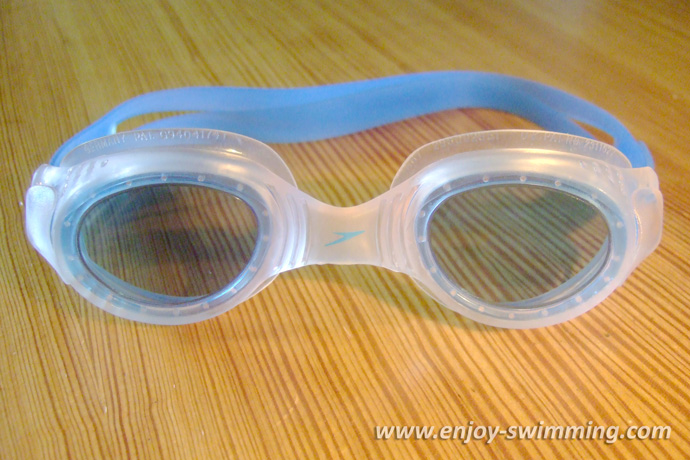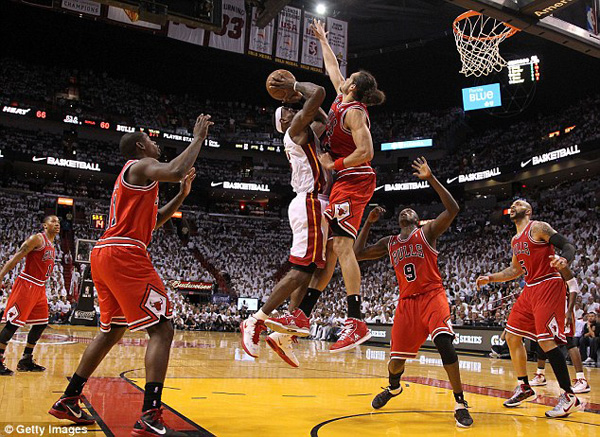Spotting the Ball Question
Question
I know that the ball is spotted where it has advanced to when the play is dead. Where though is it spotted if the play becomes dead when the ball carrier steps out of bounds just short of the end zone and the ball at that moment (never having touched the ground or pylon) is past the goal line but out of bounds, never having crossed the rectangular "airspace" above the endzone? That it, it crossed the goal line outside of the pylon.
Were this to occur anywhere else on the field it would be spotted wherever the ball was when the play was ruled dead, even if the ball was out of bounds. But I'm not so sure here. Is it a touchdown? Is it placed on the one inch line? Is it placed wherever the ball went over the sideline? Or is it placed where the carrier touched the sideline?
How does the answer change if the carrier steps out of bounds past the goal line and the ball is past the goal line but never passes over the rectangular "airspace" above the end zone?
And what if the carrier actually steps in the end zone first before stepping out of bounds, but the ball never passes over the rectangular "airspace" above the end zone?
Answer
Tom
Thank you for your question.
Your question is about forward progress. The simple answer is the ball is placed were it intersects the sideline and inbound spot when the ball becomes dead by rule - when the runner steps out of bounds. In your first question it would be short of the goal line. The reference point is always the forward most part of the ball, not the body part where the player goes out of bounds this is true on all spots whether in the end zone or field of play..
The next part of our question is confusing, but you appear to be asking about the goal line extended. Assuming this question is about the goalline extended know that the goal line extends in infinity outside the sidelines - there are differing philosophies about whether it is a TD and that depends on whether he volunatily went Out of bounds or was contacted by a player and knocked OB or if he is airborne. If the runner is airborne as he goes over the sideline. Forward progress is where the ball crosses the sideline, not where the ball is when the runner first touches out of bounds. The forward progress spot in your question is the spot where the ball intersects with the sideline.
With respect to the goalline let me offer this play situation as an example to explain: A3 runs to the left side of the formation toward the pylon at the sideline/goaline intersection and (a) with his feet still inbounds, extends the ball over the sideline and breaks the plane of the goalline extended. He is then knocked out of bounds by B7 before any part of his body crosses the goalline; or (b) he dives and while totally airborne, the ball breaks the plane of the goalline extended. Ruling: In (a), score the touchdown. In (b), no touchdown. A3 is given forward progress where the official judges the ball crossed the sideline.
The forward progress rules are utilized on most every play. However, many people [sports casters, fans,, etc] frequently misapply them. The reason people tend to misjudge the forward progress spot is because they do not use the ball as their reference point. It is not the position of the runner抯 foot or the runner抯 knee. Rather, it is the position of the forward most point of the ball when the play becomes dead by rule. It is this dead ball spot that determines forward progress.
Under the college rules: Forward progress is a term indicating the end of advancement by the runner or airborne pass receiver of either team and applies to the position of the ball when it became dead by rule. (NCAA Rule 2-8-2). Hence, the reference point is the ball. Officials must note the position of the ball when the runner or airborne receiver is no longer moving forward.
Under the high school rules: Forward progress is the end of advancement of a runner toward the opponent抯 goal and determines the dead ball spot. When an airborne player makes a catch, forward progress is the furthest point of advancement after he possesses the ball if contacted by a defender. (Federation Rule 2-15-1, 2). Again, the reference point is the position of the ball when the runner is no longer moving forward toward his opponent抯 goal line. The Federation rule reference the 揹ead ball spot?which implies the forward most point of the ball. (2-40-3).
The rule is in part, objective ?not open to interpretation. The official makes an observation and marks the spot at the location determined by the exact instant the ball becomes dead by rule. You see it and go to the spot. Mark the forward tip of the ball if the ball was carried with the length axis of the ball parallel to the sideline. Otherwise mark the forward most part of the ball.
Application of the forward progress rules also requires a subjective approach. This is when officials are called upon to use their judgment and make a decision that the ball carrier is no longer advancing toward his opponent抯 goal line. Is the runner moving forward, sideways, or
backward? If the runner抯 momentum is no longer going forward his progress has stopped. If the runner抯 movement is solely sideways toward the sideline his forward progress has stopped.
Although the rule no longer uses the language: in the grasp of an opponent? philosophically it is implied through tradition. Both high school and college rules deem the ball dead and forward progress stopped when the ball carries is 揾eld so his (forward advancing) progress is stopped?br>
(Federation Rule 4-2-2-a; NCAA Rule 4-1-3-a). NCAA Rule 4-1-3-a states that the ball becomes dead 搘hen the runner is so held that his forward progress is stopped.?Officials must determine if the opponent of the runner has sufficiently held or grasped the runner so as to have stopped his forward movement. This action is what kills the play not the whistle. A quick whistle can get an official into trouble, but too much of delayed whistle can also cause problems. A quick whistle may lead to an inadvertent whistle. A slow whistle may allow for the ball to become loose or a player to become injured, etc. Therefore, officials must know when the forward movement has stopped.
A runner who is running sideways and is grasped or held by an opponent is no longer advancing the ball forward. Likewise, a ball carrier that is being pushed backward by an opponent is no longer advancing the ball forward and by rule the ball is dead. In situations where a runner is hit, knocked backward but not held in the opponent抯 grasp, the runner may still advance the ball forward. The reason forward progress is not stopped is because the runner was not grasped. An airborne receive r who catches the ball and then is driven backward by an opponent and the ball then declared dead will be awarded the forward progress spot at the place where he received the pass. When a runner steps out of bounds the forward progress spot is where the ball was when the runner stepped out of bounds. On plays where the runner/airborne receiver stretched out the ball (before being downed) at the sideline, the forward progress spot is the foremost point of the ball where it intersects the sideline.
On every play officials must know when the ball becomes dead. For forward progress purposes the ball becomes dead when: the runner is out of bounds; the runner is held so his forward progress is stopped; when any part of the runner抯 body other than his hand or foot touches the ground; inadvertent whistle or when the runner抯 helmet comes off. Additionally, under the NCAA rules when the airborne pass receiver is so held and subsequently carried and prevented from returning to the ground.
Marking Forward Progress:
Forward progress is not the point where the runner抯 knee first touches the ground or where the runner抯 foot goes out of bounds. The reference point is the BALL (usually carried at the shoulder/chest). Mark forward progress by 搒quaring up?from the sideline and align your
forward foot with the forward most part of the ball. Using common sense, not to give an advantage to a team, try to start a new series of downs (after a change of possession) on a yard line. This makes it easier to see the line to gain, measure and march off penalties. Contrary to some officials?practices, this does not mean you always mark the ball on a yard line for each down. Mark progress where the ball lies.
There are times when it is extremely difficult to determine with precision where the dead ball spot is (e.g. run plays up the middle into a pile). In this instance, the officials must watch the runner. See where the ball is being carried (i.e. tucked in one arm at his rib cage, held with both hands in front chest high, etc.) Reme mber, the ball is not carried at the knees or thigh or at the waist level. Use the runner抯 chest and shoulders as a reference point when you have lost sight of the ball and it is not loose. Mark forward progress by moving parallel to the runner then square up, pinch in as necessary. Indicate the spot by standing with both feet together, using your forward most foot as the mark.
GOALINE EXTENDED
Below is an excellent on-line article that was published a couple years ago that explains the answer to your question as it pertains to the Goal Line Extended:
http://www.east-coast-bias.com/2007/10/plane-of-goal-line.html
Examples:
Runner A1 is advancing towards B抯 goal line and is very near the sideline. (a) A1 advances into B抯 end zone while holding the ball outside the sideline plane; or (b) A1 dives toward the end zone, but is hit by B1 which causes him to land out of bounds beyond the goal-line extended. A1抯 last contact with the ground was short of the goal line. In both cases the ball breaks the plane of B抯 goal-line extended. RULING: In (a), it is a touchdown because A1 was touching inbounds when the ball broke the plane of the goal-line extended. However, in (b) since A1 was not touching inbounds and was short of the goal line when he was hit, it is not a touchdown even though the ball did break the goal-line plane extended. The ball is spotted at the inbounds spot on the yard line where the foremost point of the ball crossed the sideline plane when A1 was driven out of bounds.
Downing a punt near goal line
Clock start


